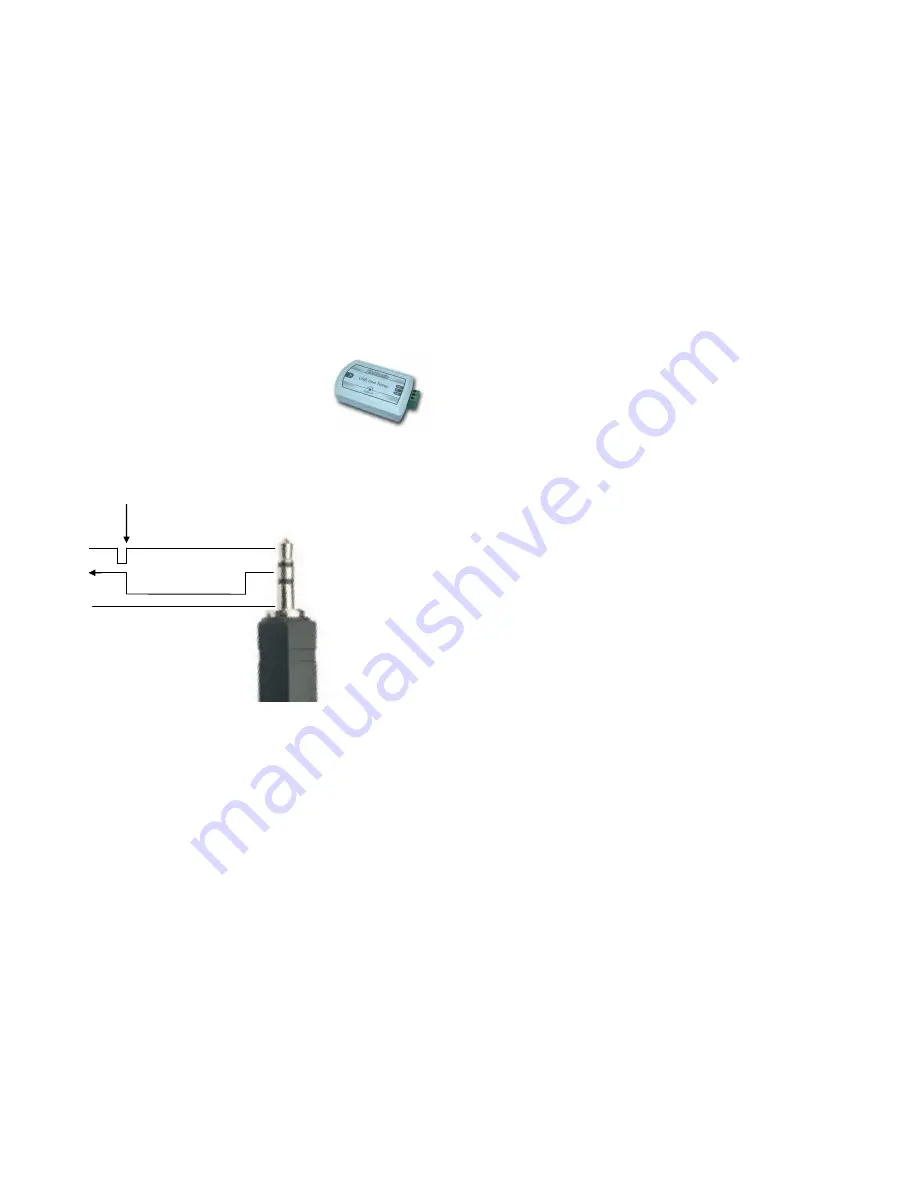
Page 9
18. Exclusion
If the equipment is used in a manner not specified by the manufacturer, the protection
provided by the equipment might be impaired.
This instrument is NOT suitable for use in explosion hazard environments.
This equipment is not suitable and should not be used for medical applications.
19. FAQ
1. Q. Why does the pump stalls or runs slower than expected when new tubing is
installed?
A. A new tube is stiff when new so has to be shaped for some time before it gains it’s
elasticity. Run the pump in continuous mode for a total of approx 5 minutes with the
clamp lever half open to start with, gradually moving the clamp lever to fully closed
position.
2. Q. I have entered a volume but nothing happens after pressing the GO button
A. The volume you entered is too small for the tube size you use. The motor can not
turn accurately a very small amount and the dispense is cancelled. Use a smaller tube
diameter for low volume dispenses
3. Q. What is the life of the tube?
A. The life of a peristaltic tube depends on many variants such as speed, the reagent
it is pumping and temperature. In general you should expect approximately 800 hours
operation from one Pharmed tube and approx 150 hours from a Silicone tube.
4. Q. Why does the displayed value sometime ‘jump’ in double figures?
A. This happens when dispensing small volumes and instrument in course calibration.
Following the calibration procedure the instrument’s mathematical calculation divides
the volume to be dispensed by the number of pulses received from the motor’s
encoder and stores this value. If the volume per rotor rotation is relatively large, the
ratio of pulses to volume is coarse. In these circumstances the required volume input
does not divide into stored values, and therefore the calculator will round up or down
to the nearest whole figure.
5. Q. Can I leave the unit switched ‘ON’ throughout the day?
A. Yes, you can. The dispenser requires very little energy when the pump is not
running so continuous power into the unit will not harm it.
6. Q. Can I dispense hot reagents using the dispenser?
A. Yes, the dispenser to works safely with media temperatures of up to 100°C. Be
aware that the internal electronics could be damaged by any ingress of fluids or steam
vapours.
Page 8
16. Remote control operation
The instrument is fitted with a stereo type Ø2.5mm socket for remote control.
Through this socket you can plug in the foot pedal which will provide the unit with a GO
signal.
The unit can be controlled from a computer via a USB relay
controller which will convert an signal from your computer to a closed
circuit on the remote wire connection. A USB relay controller is
available from many electronic components suppliers.
Full control of the unit is then possible using the software supplied
with such relay.
The stereo cable to the unit can be fitted with 3 core wire allowing the equipment to send a
“busy” signal back to the controller.
9100/9200
Work State
START
3V-24V DC
PC
Busy dispensing
Com (0V)
17. Care & maintenance
The control unit is maintenance free. The peristaltic tubes however require replacement as
soon as excessive wear or a large variation in dispense volumes are noticed.
The operational life of the tubes is a function of the speed, load and reagent being dispensed.
Avoid running the tubes dry for longer than a few minutes.
Check the peristaltic tubes weekly for signs of excessive wear and replace if required.
Pump tubes which remain clamped in the pump will deform with time. Therefore, rotate the
tube clip at the top of the pump to ‘open’ position in order to relieve the pressure whenever
the pump is not being used for long periods or overnight.

























